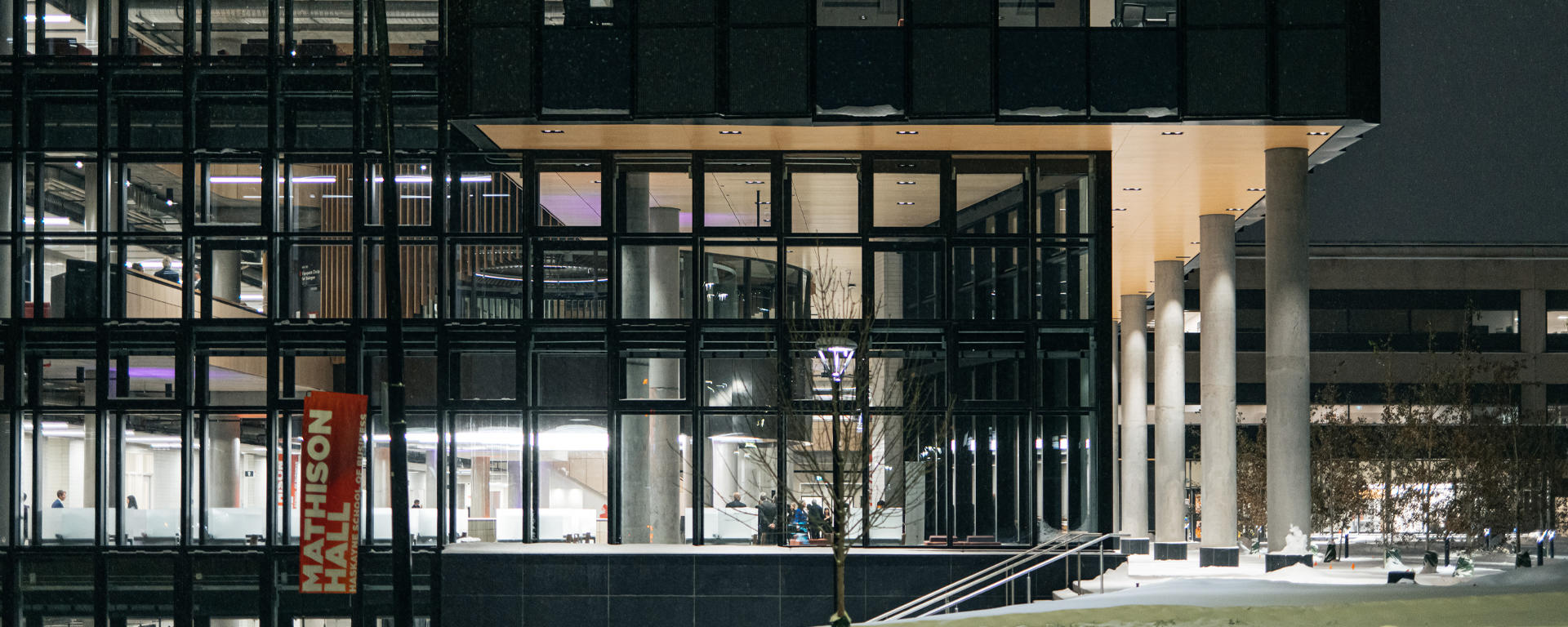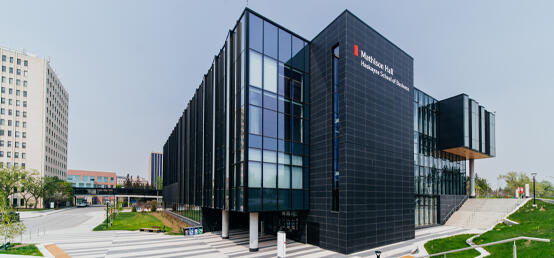Welcoming a new campus landmark in sustainability
Sustainability was an integral element in the design of Mathison Hall. The building was purposefully constructed to target LEED Platinum certification for Building Design and Construction and is currently striving to meet the requirements of the CaGBCs Zero Carbon Building Standard.
From the outset, we looked to natural environmental influences in the creation of Mathison Hall’s design to be among the most energy efficient buildings on campus. Some of the many sustainable features include:
- A high-performance building enclosure that will reduce heat loss and increase energy efficiency
- Mechanical equipment to minimize emissions and energy consumption
- Use of natural light, ventilation and shading to improve occupant comfort
- Low-flow plumbing fixtures to reduce water consumption
- Ability to add solar panels on the rooftop for future energy generation
Learn more about what makes Mathison Hall a new campus landmark in sustainability and how it creates a beautiful and inviting space where education is on full display.
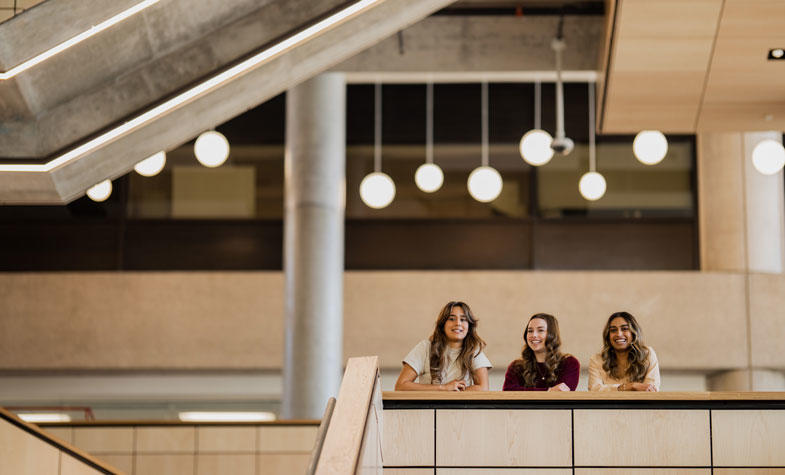
LEED Platinum certification
The vision behind the design of Mathison Hall was rooted in sustainability, which is why the building is currently in pursuit of LEED Platinum certification. LEED stands for Leadership in Energy and Environmental Design and is a certified, independent and third-party verification that a building was designed and built using strategies aimed at achieving high performance in key areas of human and environmental health: location and transportation, sustainable site development, water savings, energy efficiency, materials selection and indoor environmental quality. The highest LEED certification is LEED Platinum.
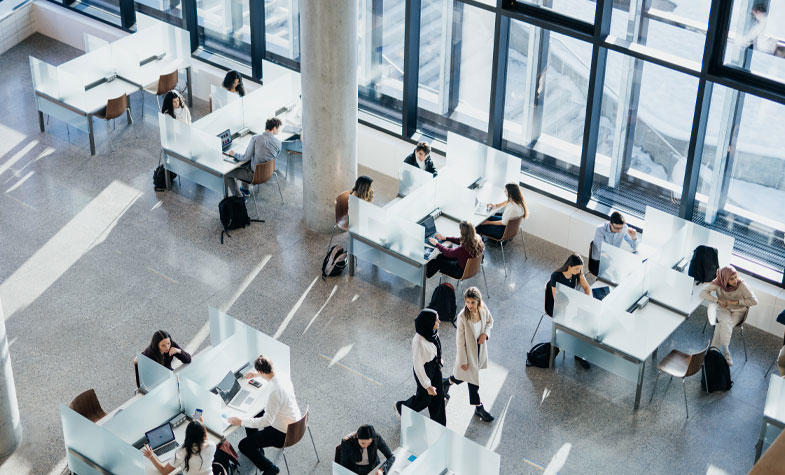
Designed for Calgary’s climate
Thermal Energy Demand Intensity (TEDI) is an energy performance metric that measures the annual heat loss from a building’s envelope and ventilation. Building design that focuses on TEDI results in greater occupant comfort and minimizes a building’s demand for energy prior to investing in renewable energy. Mathison Hall’s façade concepts are strategically selected to minimize TEDI by eliminating air leakage, minimizing thermal bridging and taking advantage of passive heating opportunities.

Ventilation and indoor environment
Mathison Hall’s ventilation and comfort systems are designed to optimize comfort while minimizing energy use. Throughout the building, mechanical systems use water to move heating and cooling energy through the building. Not only are hydronic (water-based) systems more efficient, but they also take up less space in the building. As a result, ventilation systems can focus on providing that right amount of cool, fresh air to every space in the building minimizing fan energy and supporting occupant wellbeing.
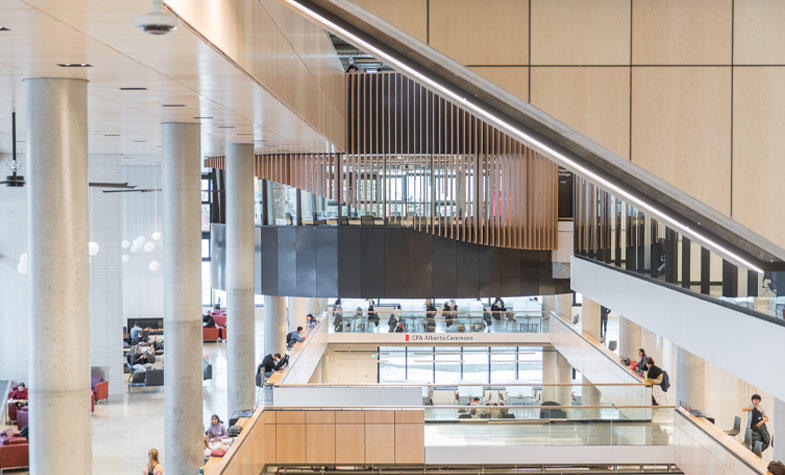
Sawtooth façade
An articulated sawtooth façade encircles Mathison Hall’s large central atrium, with both an aesthetic and functional purpose. The building leverages this portion of the façade for natural ventilation and free cooling. An internal shading screen is designed to passively mix warm air from within the atrium with cool air entering the high-level louvers. Radiant heating and cooling systems embedded in the floor minimize the energy used to keep the space comfortable over the course of a day.

Renewable energy
Mathison Hall is projected to generate roughly 280 tonnes of CO2 emissions per year associated with energy required for heating, cooling and electrifying the building. Roof-mounted photovoltaic panels on the main roof and above the sawtooth clerestory will generate clean energy while still allowing natural light from the skylights to filter through. If fully fit-out, the renewable energy generated by the building would offset more than half of the building’s annual emissions.
In the news
In the News CTV News Calgary

